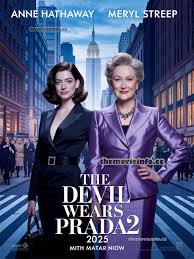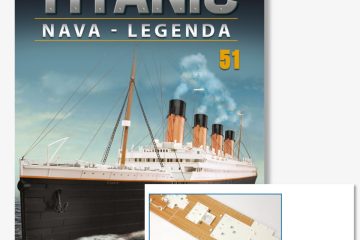The Enduring Impact of The Devil Wears Prada

Introduction
Released in 2006, The Devil Wears Prada quickly became a cultural phenomenon, captivating audiences with its insightful look into the world of fashion publishing. The film, starring Meryl Streep and Anne Hathaway, presents a satirical view of high fashion while offering a deeper commentary on ambition, success, and personal sacrifice. Its relevance continues to resonate in today’s fashion landscape and popular culture.
The Film’s Cultural Significance
Based on the novel by Lauren Weisberger, The Devil Wears Prada delves into the life of a young journalist, Andrea Sachs, who lands a job as an assistant to Miranda Priestly, the formidable editor-in-chief of a high-profile fashion magazine. The narrative not only highlights the intricacies of the fashion industry but also touches on the broader themes of female empowerment, competition, and the pursuit of one’s dreams.
In the years since its release, the film has been credited with shining a spotlight on the challenges facing those in the fashion industry, particularly women. It has inspired numerous discussions around workplace dynamics, the pressures of expectations, and the trade-offs individuals make for career advancement.
Fashion Influence
From trends to catchphrases, the film has had a significant impact on global fashion. The iconic wardrobe curated by designer Patricia Field showcased high fashion brands and introduced a generation to designer labels. Popular items like the “Cerulean sweater” have even sparked conversations about the vast influence of fashion on personal style and consumerism.
As evidenced by multiple retrospectives, the film’s style continues to influence designers and brands today, showcasing a blend of classic elegance with modern chic. Fashion weeks around the world often see a resurgence of styles reminiscent of those seen in the film, proving its enduring legacy.
Recent Developments and Relevance
The impact of The Devil Wears Prada remains visible, as it continues to inspire new generations of filmmakers, stylists, and professionals aiming to make their mark in the competitive fashion landscape. Fashion documentaries and reality shows continue to echo its themes, suggesting that the lessons learned in the film regarding ambition and resilience resonate with current and aspiring fashion professionals.
Conclusion
As we mark over fifteen years since its debut, The Devil Wears Prada remains a touchstone of popular culture and the fashion industry. Its mix of humor and insight into the challenges of navigating the fast-paced world of fashion persists as a reference point for fashion aficionados and professionals alike. With ongoing discussions about workplace culture and personal sacrifice, the film’s relevance is likely to endure, reminding viewers that behind every glamorous facade lies a story of grit and determination.








